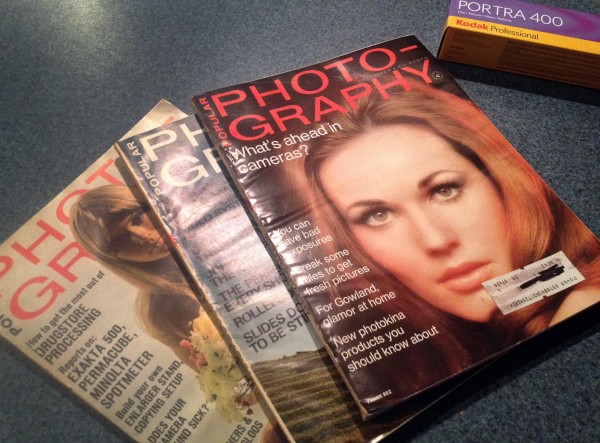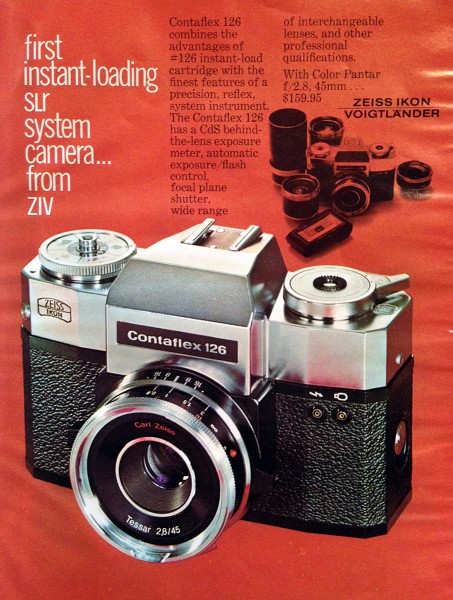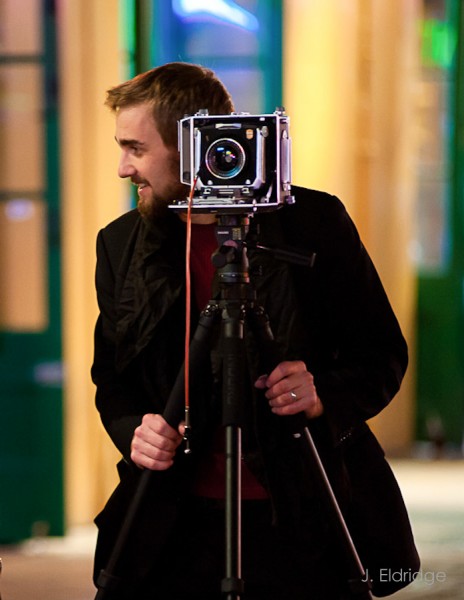
After getting off the phone with my bank recently and having not experienced real service, I researched and emailed the top dozen of so key executives of US Bankcorp. You see they have forgotten about what service really is – So this is what I explained to them.
“Service is not something computers do for you. It’s not something from a book. It’s not a line in a policy manual. It’s not an excuse – Service means YOU raise a finger, a hand and sometimes even an arm, or perhaps a leg. You do the footwork, you look into the problem and you do your level best to find a way to make the customer happy. That’s service.”
As owner of Seim Studios and Seim Effects Photo Tools, I’m proud to say that we offer real service. Every time a company blows me off, I’m reminded how much I hate bad service and why I WILL NOT do that to my customers. I may be small and have limited resources. I may not be not perfect. But we get things done. Whether it’s one of my software products, a portrait, an art print. If we sell it, we back it up. That’s why returns here are nearly non-existent.
After the recent bout with my bank I went to the Seim Effects Facebook page and posted about this. I also posted my cell phone number saying if anyone EVER has a problem they could call me directly. Interestingly enough that post got more interaction than I’ve seen on Facebook pages in a long time.
On a side note. The emails got thru. I did not hear back from the CEO (though I have had phone calls direct from CEO’s in the past after going straight to the top). I did however hear back from a USB Regional manger and my problem was resolved. This brings about the theory that if a company is giving you terrible service, don’t waste time with the chain of command. Go straight to the top. Because CEO’s don’t want to be hearing from you and it tends to get things done FAST.
I plan to write a bit more about service soon and look at ways we can leverage quality service to stand out in business. Until next time… Gavin










